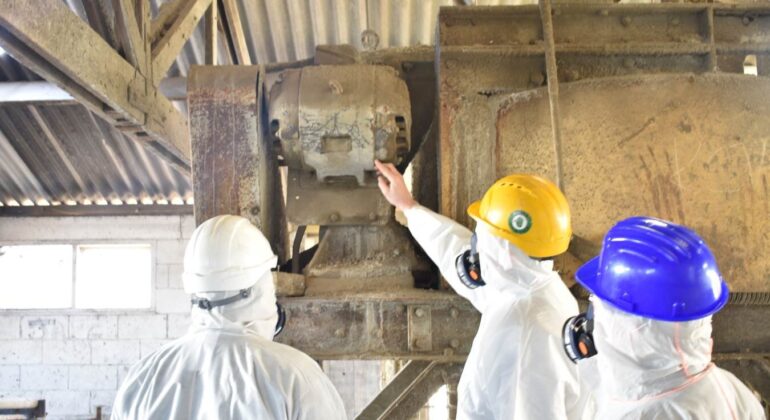What is asbestos?
What is asbestos?
A common property defect that we as Surveyors come across during inspections is a material called asbestos.
It is a natural occurring rock material which is resistant to fire and was widely seen as an excellent insulator. During our inspections, we regularly come across materials which contain asbestos content. Asbestos was an inexpensive material and was widely used in commercial and domestic properties post second-world war. Given the excellent fire retardant and insulating qualities of Asbestos at a relatively inexpensive price, it was mixed and used in a wide range of products and goods which are commonly found in buildings such as ceilings, floor tiles, boiler flues, chimneys and in the 1950s it was commonly mixed in oven gloves too!
The primary objective is to provide knowledge, share expertise, make them aware of the latest and innovative products, give them financial guidance in a more systematic and authentic manner.
Asbestos fibres if inhaled can cause a lung complications and diseases such as mesothelioma. If inhaled over a prolonged period of time, the risk of developing such diseases increase and can result in severe disabilities. When placed under a microscope, asbestos fibres will have features which are sharp and spikey, this causes the human lungs difficulty in removing these from within the body and therefore over time, this causes diseases.
There are 6 types of asbestos. There is chrysotile, amosite, crocidolite, anthophyllite, tremolite, actinolite. The most common type of them is Chrysotile which is also known as ‘white asbestos’. Under a microscope it resembles a serpent and therefore belongs to the serpent mineral family.
It is often difficult to confirm with certainty whether a material contains asbestos and often requires the use of specialist sampling equipment and tests. However, given that asbestos was widely used from the 1950s up until 1990s when it was phased out legislatively, it is safe to assume that a building older than 1999 may contain materials which has asbestos.
If you are ever in doubt, I would suggest to contact asbestos specialist surveyors who will visit your property and inspect.





